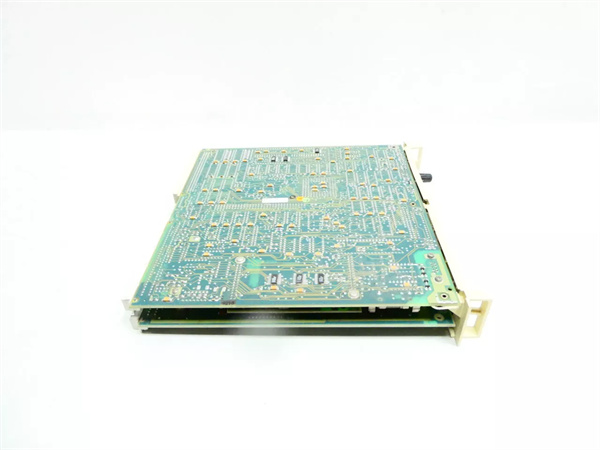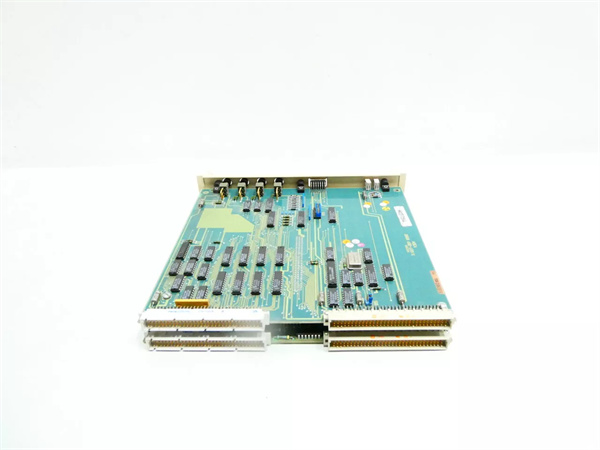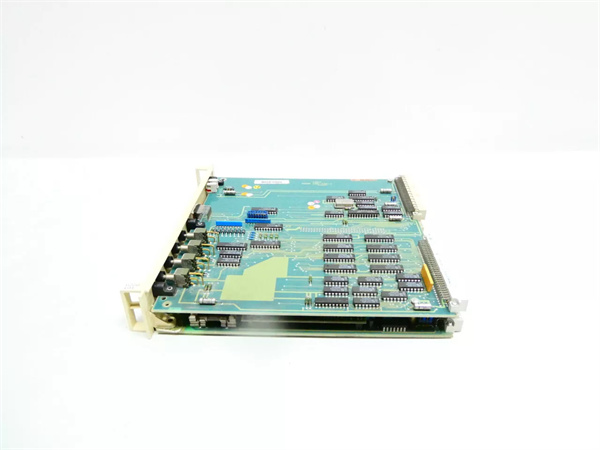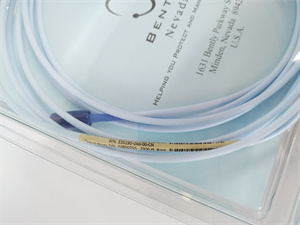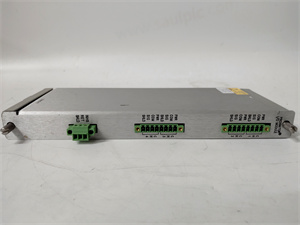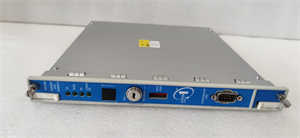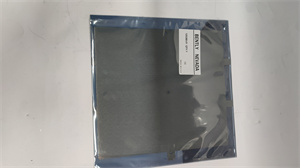Description
1. Product Description
ABB DSPC171 57310001-CC is a high-performance digital signal processor (DSP) module designed for industrial automation and control systems. Manufactured by ABB, a leading global provider of power and automation technologies, the DSPC171 57310001-CC delivers advanced signal processing and algorithm execution capabilities for complex industrial applications. It serves as a critical component in PLC (Programmable Logic Controller) systems, enabling real-time data processing, control logic implementation, and communication with peripheral devices. The module supports multiple communication interfaces, including Ethernet and serial protocols, ensuring seamless integration with industrial networks. Its rugged design and reliable performance make it suitable for harsh industrial environments, while its compact form factor simplifies installation.
2. Product Parameters
| Parameter | Specification |
|---|---|
| Module Type | Digital Signal Processor (DSP) |
| Voltage | Internal 5V DC (DC5V indicator) |
| Communication Interfaces | Ethernet, Serial (MPI/DP for PLC integration) |
| Processor Mode | RUN, RUN-P (programmable read/write), STOP, MRES (module reset) |
| Status Indicators | SF (system fault), BATF (battery fault), DC5V, FRCE (forced I/O), RUN, STOP |
| Compatibility | ABB PLC systems (e.g., S7-400 series), distributed I/O networks |
| Dimensions | Compact form factor (35mm width for modular integration) |
| Real-Time Performance | Low latency, high-speed arithmetic and logic operations |
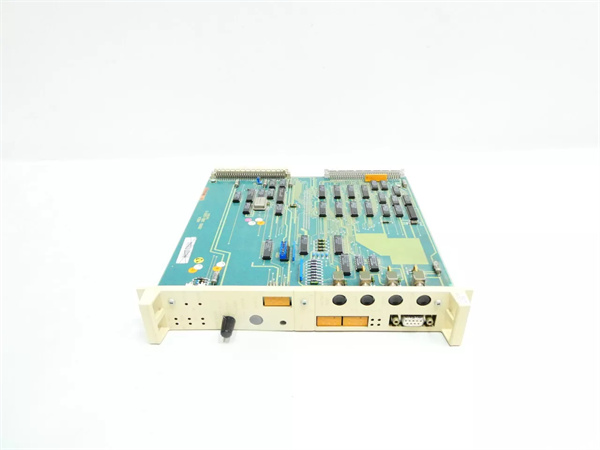
DSPC171 57310001-CC
3. Advantages and Features
- High-Speed Signal Processing: The DSPC171 57310001-CC offers advanced DSP capabilities, supporting complex control algorithms (e.g., PID, motion control) with minimal latency, ensuring precise real-time performance.
- Flexible Communication: Multiple interfaces (Ethernet, MPI, DP) enable seamless integration with programming devices, HMIs, and distributed I/O systems, enhancing system scalability.
- Reliable Operation: Built with industrial-grade components, the module withstands voltage fluctuations, temperature variations, and electromagnetic interference (EMI), ensuring uptime in harsh environments.
- User-Friendly Programming: ABB’s integrated development tools (e.g., STEP 7) simplify configuration, debugging, and firmware updates, reducing engineering time.
- Status Monitoring: Clear LED indicators (RUN, STOP, FRCE) provide real-time diagnostics, enabling quick fault identification and resolution.
4. Application Areas and Case Studies
Industries: Industrial automation, manufacturing, energy (oil/gas, power generation), transportation, and water treatment.
Use Cases:
Use Cases:
- Manufacturing: Deployed in a automotive assembly line to control robotic arms via real-time motion algorithms, reducing cycle time by 15% and improving precision.
- Energy: Used in a power plant’s turbine control system to process sensor data, optimize fuel efficiency, and maintain stable output under varying loads.
- Water Treatment: Implements PID control for pump systems, ensuring consistent water pressure and reducing energy consumption by 10%.
5. Competitive Comparison
Compared to standard DSP modules, the DSPC171 57310001-CC offers:
- Superior Integration: Native support for ABB’s PLC ecosystem reduces compatibility issues and simplifies system design.
- Enhanced Diagnostics: Real-time status indicators and fault logging improve maintenance efficiency compared to modules with limited monitoring capabilities.
- Scalability: Supports up to four expandable communication interfaces, enabling integration with diverse industrial protocols (Profibus, DeviceNet) without additional hardware.
DSPC171 57310001-CC
6. Selection Recommendations
- Compatibility: Ensure compatibility with your PLC system (e.g., ABB S7-400) and existing network protocols.
- Performance Requirements: Evaluate processing speed and latency needs for your application (e.g., motion control vs. basic I/O monitoring).
- Installation Environment: Consider temperature ranges (0–60°C), vibration resistance, and EMI shielding requirements for your site.
- Budget: Balance performance needs with cost; the DSPC171 57310001-CC offers a cost-effective solution for mid-to-high complexity applications.
7. Precautions
- Grounding: Follow ABB’s grounding guidelines to minimize EMI and ensure stable operation. Incorrect grounding may cause system faults.
- Power Supply: Use a stable 5V DC power source to avoid voltage fluctuations that could damage the module.
- Firmware Updates: Regularly update firmware via ABB’s official tools to access new features and security patches.
- Maintenance: Inspect battery status (BATF indicator) periodically; replace batteries under ABB-recommended conditions to prevent data loss.
- Installation: Ensure proper module seating in the PLC rack to avoid contact issues. Follow anti-static procedures during handling.
Conclusion
The ABB DSPC171 57310001-CC is a versatile DSP module designed for industrial control systems, combining high performance, reliability, and ease of integration. Its advanced features and compatibility make it ideal for applications requiring real-time data processing and complex algorithm execution.
The ABB DSPC171 57310001-CC is a versatile DSP module designed for industrial control systems, combining high performance, reliability, and ease of integration. Its advanced features and compatibility make it ideal for applications requiring real-time data processing and complex algorithm execution.


